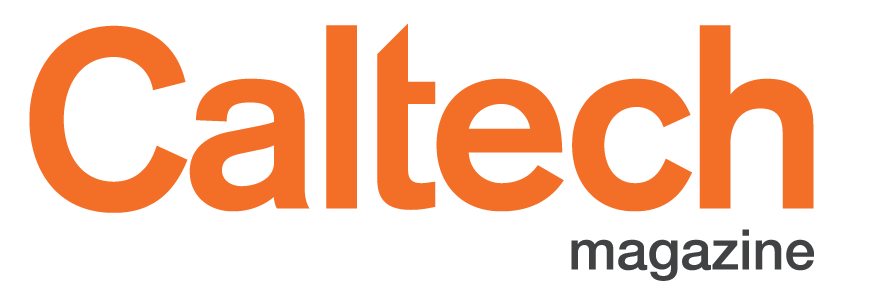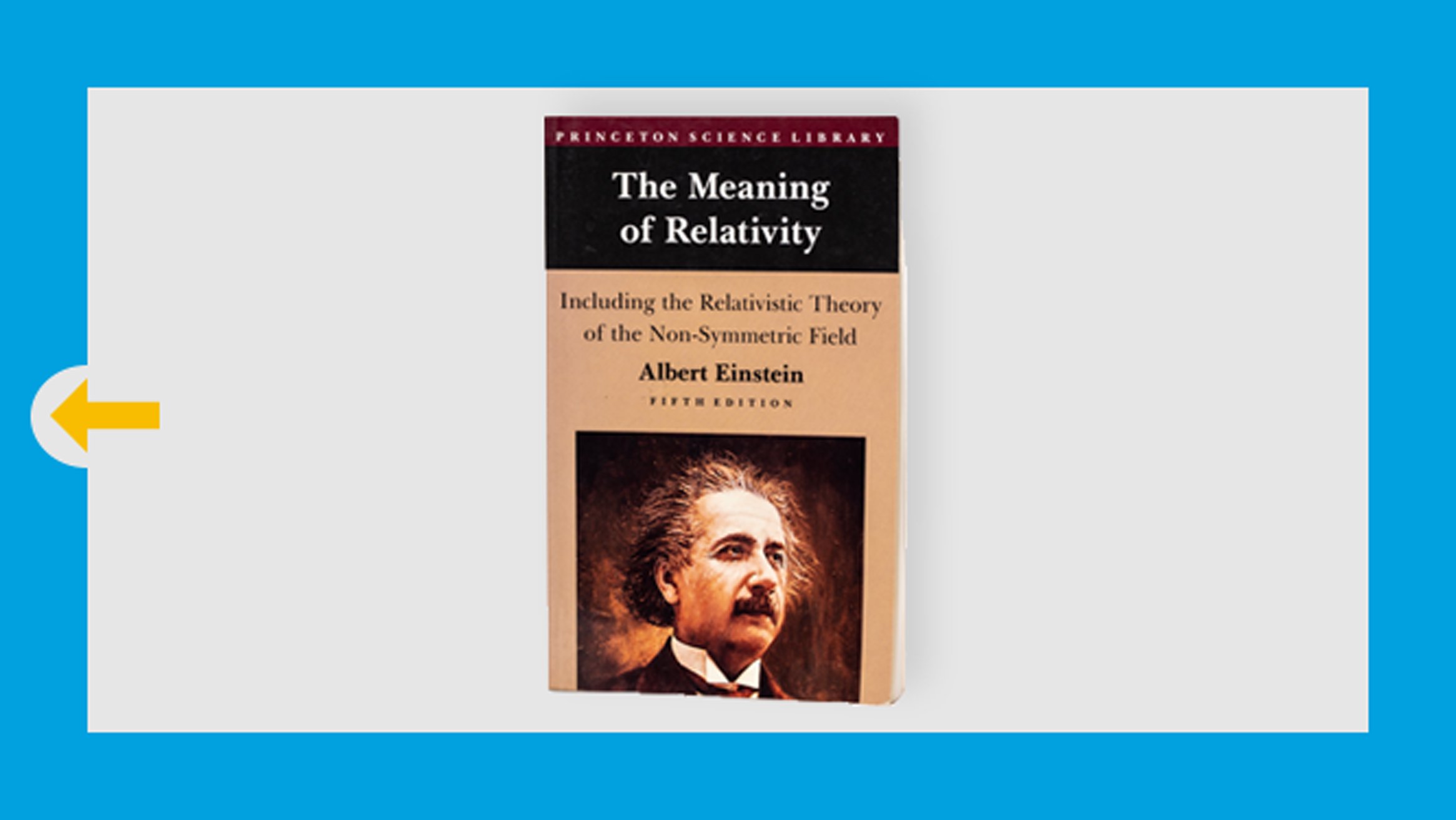Inside Look: What Physics Professor Rana Adhikari Keeps in His Office
Does your office tell a story? Caltech magazine is looking for subjects for the new “Inside Look” series in which faculty members share a bit about themselves and the interesting items they keep in their workspaces, both research-related and personal. If you are a faculty member and would like to participate, or if you know someone who would be a good fit, please send an email to magazine@caltech.edu, describing some of the items worthy of featuring.
Rana Adhikari in his office in the Norman Bridge Laboratory of Physics, West. Credit: Bill Youngblood
By Omar Shamout
Physicist Rana Adhikari was raised in Cape Canaveral, Florida, where his father and many of his friends’ parents worked on NASA projects as engineers. When Adhikari grew up, the prospect of following in their footsteps was not an appealing proposition. “It just didn’t seem like a cool profession,” he recalls.
Still, the Caltech physics professor did not turn his back on engineering. Adhikari arrived at the Institute in 2004 as a postdoctoral scholar working on the Laser Interferometer Gravitational-wave Observatory (LIGO), and he played a key role in optimizing the LIGO detection system, including its mirrors, controls, and lasers, which in 2015 made the first-ever direct observation of gravitational waves. Nearly a decade later, he is still preoccupied with figuring out how to make LIGO’s instruments more sensitive. He also wants to solve the mystery of quantum gravity:
“Space-time is this fluid, smooth thing that we’ve all accepted as true. The job of this century is going to be explaining where that comes from and figuring out the real quantum mechanics of space. There’s something we haven’t found yet.”
The decor of Adhikari’s office in the Norman Bridge Laboratory of Physics, West, reflects his love of tinkering. Gadgets, some from LIGO and others salvaged from around campus, are strewn around the room. An antique pendulum clock that he found broken in a hallway near his office now sits on his desk.
Adhikari, who worked as an auto mechanic after high school, frequently adjusts the gears inside the device to keep it ticking. “It only works when it sits in one exact spot,” he notes.
Elsewhere, you can see examples of how Adhikari combines his passion for science with artistic expression. Tucked behind the door is a jellyfish-shaped artwork, which he originally made for an exhibition in Berlin. When activated, the mixed-media creation records a variety of data by sensing the environment around it, including visitors, and then projects different lights based on what it senses. “I wanted to show an early animal and an early AI, and ask, ‘What’s the difference between people and machines?’” he says.
LIGO may be known best for what it found, but Adhikari says he and other experimental physicists spend far more time “not finding stuff.” He compares himself to the Jodie Foster character in the movie Contact, who searches the heavens endlessly for signs of alien life. “Most of my life has been about watching this detector give us nothing,” he says. But in a cosmic twist of fate, LIGO made its historic detection at one of the few times Adhikari was not sitting with his headphones on hoping to decipher a signal from colliding black holes over a billion light-years away. “I was on sabbatical,” he says. “I just wasn’t listening.”
Here are some of the objects adorning Adhikari’s office:
Los Angeles Dodgers bobbleheads
Adhikari, who became a baseball fan after watching the Red Sox while in graduate school at MIT, has collected these dolls at various Dodgers games during his time at Caltech. In 2008, Adhikari wrote a letter to the club. “I noticed that a bunch of teams were using analytics, or ‘Moneyball,’ to improve their performance, but the Dodgers weren’t,” he says. “I offered to do it for them. They never wrote back.”
The Meaning of Relativity by Albert Einstein (1922)
Adhikari first read this seminal book at home during a hurricane in the mid-1990s, having checked it out of the public library next to the gas station where he worked. Einstein’s theories piqued his curiosity in physics. “When you read this book, it seems crazy because he says stuff that is obviously not true to our daily experience,” Adhikari says. “I showed it to my father and said, ‘Do you know about this thing, relativity?’ He’s like, ‘Yeah, but that stuff is hard.’ I thought, this is a big scandal if it’s true. So far, Einstein is right. But we’re still on the same adventure, which is finding that one observation about the universe that does not agree with relativity. That’s the holy grail of modern physics.”
Rubber toy cars
Adhikari found these mini Datsun replicas in a Caltech meeting room one day and noticed they were the same ones he played with as a child. While talking to a colleague about the cars, he realized the rubber they are made of serves as an efficient shock absorber for experiments. “People have actually tied the cars to the legs of instruments,” Adhikari says, adding that the late LIGO co-founder Ronald Drever used them to reduce vibrations in an early LIGO-like prototype.
Gravity probe
This probe, which dates back to the early 1980s, was given to Adhikari by the late LIGO co-founder Ronald Drever before he moved back to his native Scotland in 2010. “He left it in his lab with a Post-it that had my name on it,” Adhikari recalls. “He knew I would like it.” However, Adhikari says he is not sure where the probe came from or if it ever went into orbit. “Like most of these things, it probably didn’t detect much of anything,” he says. “One of these days, I should open it up to see what’s inside.
Cajun seasoning and mask
This Louisiana Cajun seasoning is made and sold by a family member of Adhikari’s colleague Danny Sellers at the LIGO Livingston facility. Sellers sent the seasoning as a gift, thinking Adhikari might be missing the bayou. One bottle sits on Adhikari’s desk, while another can be found in the second-floor meeting room in West Bridge, where physics faculty, staff, and students often gather for meals. “New Orleans cuisine is the pinnacle,” Adhikari says. “Even an average meal there is better than the best anywhere else.” The Mardi Gras mask is a souvenir from a trip Adhikari took in 2013.






